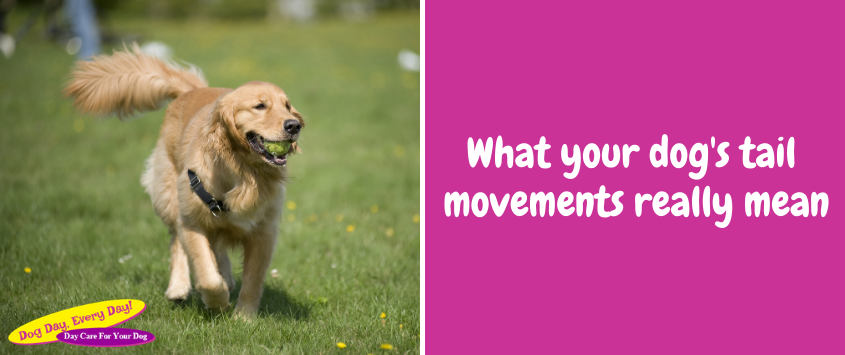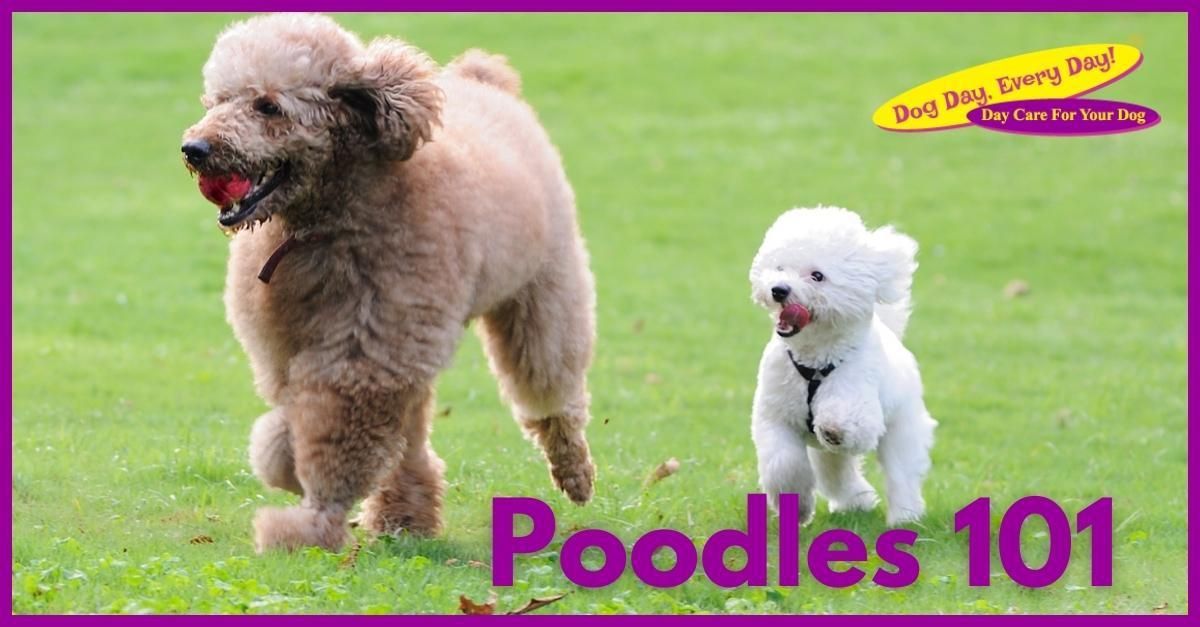What Your Dog’s Tail Movements Really Mean

Humans communicate using words, so we are good listeners. Dogs lack verbal vocabulary (unless you count barking) but are watchful, so they communicate with other dogs and us in a way we all can see — through their tails. This type of communication works well for dogs because their vision is more sensitive to movement than to colors or details.
Tail positioning and other bodily signs (mouth, stance, hair, ears, etc.) all work together to communicate how a dog is feeling. While different breeds have different natural tail shapes and positions, there are some universal ways they use their tails that help us understand what they are trying to communicate.
A Word About Wagging
Generally speaking, the faster the tail wags, the more excited the dog is. Slower tail wags means they are less enthusiastic. If the tail has broader strokes they are happier, smaller strokes means they are tense about something. But watch the body positioning that accompanies the wag — if the body is rigid and the tail is high and wagging rapidly, it could be a precursor to aggression. Here are a few tail positions to be aware of:
Tail held high and still
This means the dog is alert and is trying to portray dominance.
Tail held high and wagging
This is a mixed-feeling position of happiness and excitement, while also being alert and asserting dominance. If this position is accompanied by a rigid or erect body stance, they may be feeling territorial or uncomfortable with something going on around them.
Tail held low and wagging
This is a dog’s way of telling you they are feeling hesitant about something.
Tail held between the legs
This means the dog is afraid or being submissive.
Tail held straight out
The neutral position means neutral feeling. They are taking in new information and haven’t decided how they feel about it.
Tail wagging to the right
Right-side tail wagging usually means the dog is happy and is encountering someone they know or are familiar with.
Tail wagging to the left
A dog may wag their tail to the left when they are meeting a person or other dog they don’t know. This may be a sign that the dog is feeling nervous, stressed or anxious.
Just like people, each dog is an individual pet and communicates differently. The more time you spend with a dog, the better you will understand what the tail position means to him or her.
And while these are great tips to know about, you shouldn’t rely solely on tail positioning when meeting a dog you don’t know. Take into account the tail position, the stance and ask the owner for permission before approaching the dog.
Dog Day, Every Day! is a doggy daycare and spa devoted to taking care of and loving on your pets while you are away. Our trained and dedicated staff understands that every dog is different, and we take the time to know, understand and appreciate what the dogs are communicating with their tails. If you would like to learn more about the services we provide, please contact us today ! For more pet care tips and our latest updates, check us out on Facebook , Twitter or Pinterest !

The post What Your Dog’s Tail Movements Really Mean appeared first on Dog Day, Every Day!.






